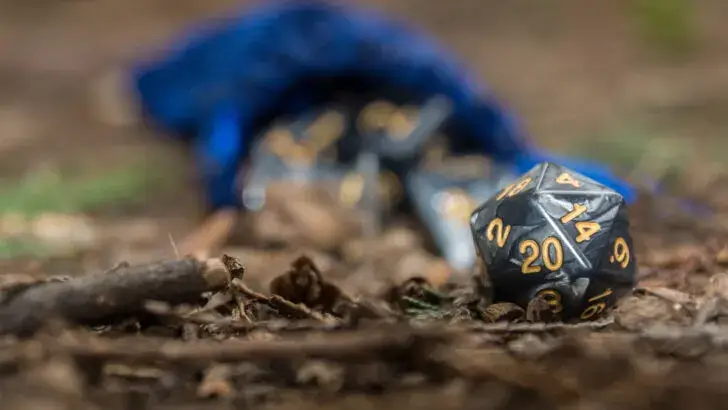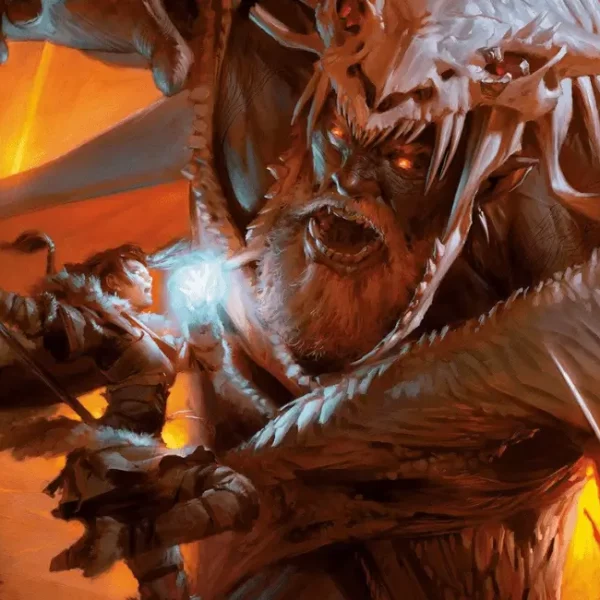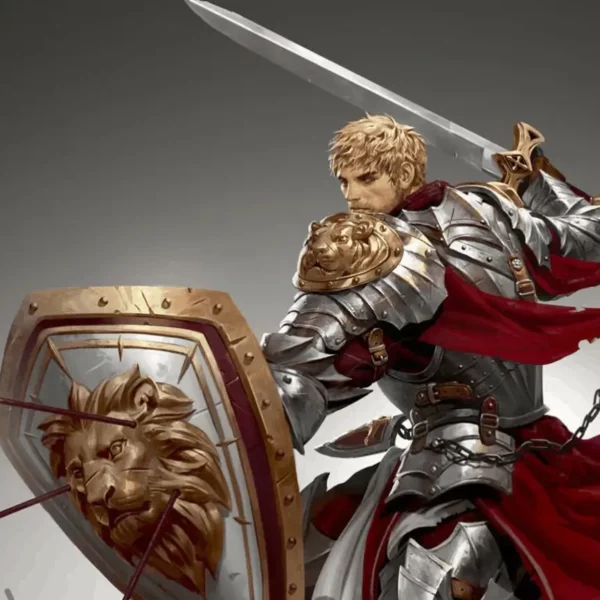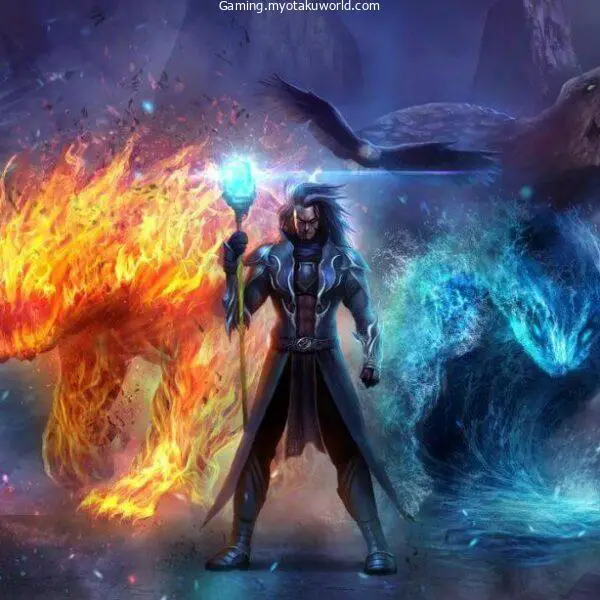The spell of Invisibility is an essential part of the game across all the versions.
Invisibility is the ability to disappear out of sight and move without being noticed is an amazing ability.
Invisibility is a major benefit to nearly all the classes of characters within the group.
The rules regarding Invisibility can be located within the Players Handbook on page 254.
Invisibility 5e

Illusion: 2nd Level
Time to Cast: 1 Action
Touchscreen: Range
Components: V S Components: V, S (An eyelash that is encased by gum arabic)
Duration of the course: The concentration (1 hour)
Any creature you touch will become invisible until has ended.
Everything the target wears or carries is unnoticeable when it’s placed on the target’s body.
The spell expires when a target strikes or uses the spell.
At higher levels: If the spell is cast with the slot for spells of 3rd or more it is possible to target an additional creature per slot above 2nd.
The rules of Invisibility are both clear and ambiguous.
In the beginning, aim an animal, and it disappears and its belongings. That means objects can’t be transformed into invisible objects in their own right by this spell.
What is the Invisibility Effect in 5e?
Invisibility is among the most popular and misunderstood spells in the game.
This is due to significant changes made to previous editions, and the introduction of new rules built on the structure of the present edition.
It is important to keep in mind that invisibility is always reduced when you cast or attack spells, nothing has changed in this aspect.
The problems in the rules for Invisibility lie in the lack of logic within the rules.
The things it appears like it ought to do does not, and what appears to be that it won’t change, it changes.
This is made more complicated by the complicated method used to assess the results and effects.
For instance, invisibility does not give an advantage to stealth checks. Invisibility allows the target to enjoy the condition of being invisible.
For purposes of concealing this is to say that the target will be significantly obscured.
The extremely obscured environment implies that an animal has a blinded state when looking to discern things in the surrounding area.
The condition of blindness creates a creature that will automatically fail any ability test which requires vision.
It also gives an advantage (to the invisible attacker) on attacks against that creature. It also gives disadvantages when attacking those who are the (invisible) attacker.
When it comes to hiding, there’s little more information. In most cases, the DM determines if the circumstances allow an individual to conceal.
If the character is not visible and cannot be seen, they can attempt to cover themselves. The rules try to explain the possibility of locating invisible creatures by the noise they make or the tracks they leave behind.
This is logical if there is a certain quantity of noise that is produced in any given circumstance. It does not be aware of the invisible character who is the move in a quiet manner knowing they will not be noticed.
This would be confirmed by giving the character advantage when they stealth attack or by disqualifying a creature on perception checks to discern unidentified creatures.
However, this isn’t the situation.
Invisibility may be extremely “house controlled” conditions and spell in the game.
Always stick to the DMs choice on the way and time it can be used. It can stifle the game’s momentum and the immersion of digging through the layers of rules.
Make a choice and stick to it and stay consistent.
Does Detect Magic Detect Invisibility?
Detect Magic does not detect invisibility. When you cast Detect Magic will, however, permit the detection of any magical objects that are carried or worn by the creature that is invisible if they are within range.
Note, however it will not permit you to identify the exact location of the creature.
Invisibility is countered with many non-magical powers.
.The blindsight ability and Tremor sense are the two of the most common abilities of monsters that can overcome invisibility.
Faerie Fire is an example of a magical method to combat invisibility.
What exactly is 5e Invisibility?
A creature that is affected by the Invisibility spell can do the following effects:
- It is possible to try to cover up at any moment.
- Advantage on the first attack. This doesn’t apply to subsequent attacks that are made using the same attack.
- Doesn’t have advantage on attacks rolls against them.
- The ability to see is not possible without magical methods.
- It is possible to locate by other methods than sight.
Invisible creatures are not visible. Damage to them is not a cause for it to be visible (outside of an ability to focus, or if self-cast).
The consequences of damage can render the creature invisible. If a creature is enveloped by flames or smoke may become visible only for a brief duration.
How do I DM Invisibility
The players who use the Invisibility spell are likely to be irritated by the outcomes and DMs who work with players who use the spell may also become dissatisfied.
This is the reason it’s important to manage in-game situations correctly. If done correctly this spell can give players the chance to create tension and provide a chance for role-playing.
If a person is trying to sneak past security and is able to do so at a low speed, unsuspecting guards might notice the sound of gear and look closer to examine.
Based on the player’s response, guards may be drawn to footprints or even go away, leaving nothing.
In any event, the response must be in line with the situation. If the player moves, guards should continue to pursue, even if they cannot observe the person.
If the individual is still, maybe the guards are within inches of the faces of the characters but pause and then go away.
Final Words
Overall Invisibility is an excellent power. It is beneficial both when used in combat or out of it.
It is also among the most debated and controversial spells used in games. It is essential to set the right expectations and get the results immediately with Invisibility and similar spells.
This will keep the game from getting slow and slowed down during the session. It can be frustrating, however, it can also provide many chances for players and DMs to discover their ideas.









